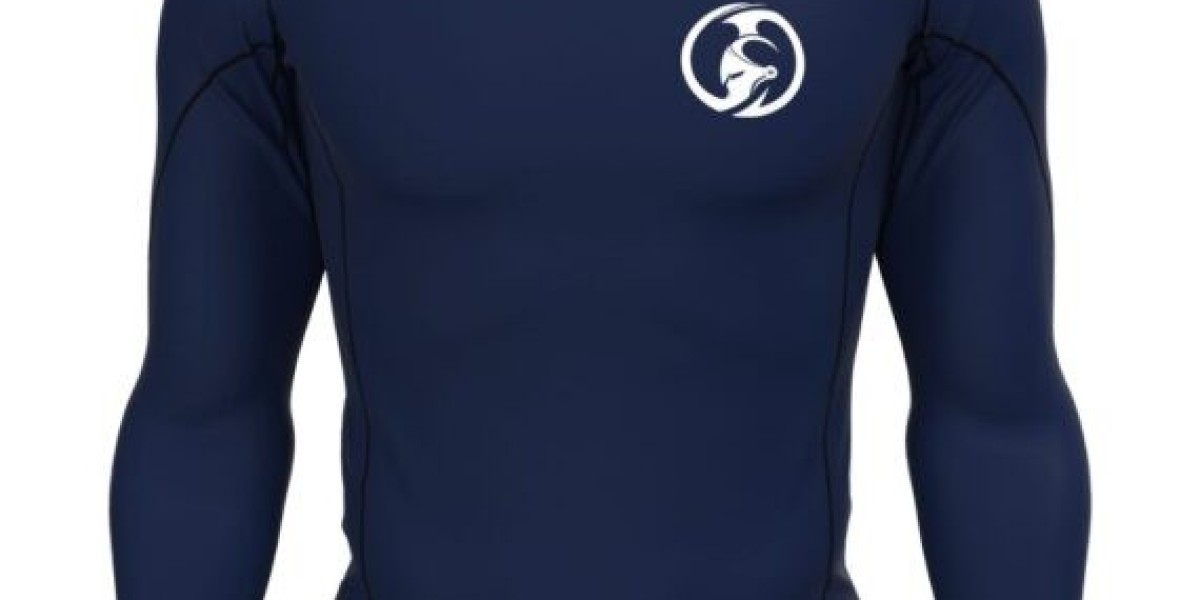Outline of the Article
- Introduction
- Understanding Jiu Jitsu Rash Guards
- Traditional Martial Arts and Their Attire
- Key Differences in Design and Purpose
- The Importance of Comfort and Mobility
- Durability and Longevity
- Materials: Rash Guards vs. Traditional Attire
- Cost Considerations
- Hygiene and Ease of Maintenance
- Fashion and Personal Expression
- Competitions and Regulations
- Pros and Cons of Jiu Jitsu Rash Guards
- Pros and Cons of Traditional Martial Arts Attire
- Making the Right Choice for You
- Conclusion
Jiu Jitsu Rash Guards vs. Traditional Martial Arts: A Comparison

Introduction
In the world of martial arts, the choice of attire is more than just a matter of personal style; it can significantly impact your performance, comfort, and safety. When it comes to Jiu Jitsu, practitioners often find themselves facing a decision: Jiu Jitsu Rash Guards or traditional martial arts attire? This article explores the key differences between these two options, aiming to help you make an informed choice that suits your needs and preferences.
Understanding Jiu Jitsu Rash Guards
Jiu Jitsu rash guards are specialized pieces of clothing designed for the unique demands of Brazilian Jiu Jitsu (BJJ). These tight-fitting, stretchable garments are typically made of materials like spandex and polyester. They are worn as a base layer and are designed to keep the body snug, providing freedom of movement while wicking away sweat and moisture.
Traditional Martial Arts and Their Attire
Traditional martial arts, such as Karate, Taekwondo, and Judo, often come with their own set of traditional attire. These typically include loose-fitting gi (uniforms), belts, and sometimes even protective padding. The designs and materials of these traditional outfits vary between martial arts disciplines.
Key Differences in Design and Purpose
One of the most notable differences between Jiu Jitsu rash guards and traditional martial arts attire is the fit. Rash guards are form-fitting and designed to minimize friction between you and your opponent, allowing for a greater range of motion. In contrast, traditional martial arts attire tends to be looser, emphasizing the aesthetics of the uniform and respecting the traditions of the art.
The Importance of Comfort and Mobility
For practitioners of Jiu Jitsu, comfort and mobility are paramount. The snug fit of a rash guard not only prevents your opponent from getting a grip on your clothing but also ensures you can move freely without hindrance. Traditional martial arts attire may restrict movement slightly due to its looser fit.
Durability and Longevity
Rash guards are known for their durability. They are designed to withstand the rigors of sparring, rolling, and grappling, making them an excellent choice for long-term use. Traditional martial arts attire, while sturdy, may not be as resilient over time.
Materials: Rash Guards vs. Traditional Attire
Rash guards are typically made of synthetic materials that are quick-drying and moisture-wicking. This ensures that you stay dry during intense training sessions. Traditional martial arts attire is often made of cotton or blends, which may not offer the same level of moisture control.
Cost Considerations
Rash guards are generally more affordable than traditional martial arts attire. Traditional uniforms can be expensive, especially when considering additional accessories like belts and padding.
Hygiene and Ease of Maintenance
Maintaining hygiene is easier with rash guards. They can be thrown into the washing machine after every training session. Traditional uniforms, however, may require more care and attention, including ironing and meticulous folding.
Fashion and Personal Expression
Rash guards come in various designs and patterns, allowing for personal expression. Traditional martial arts uniforms are more standardized and limited in terms of customization.
Competitions and Regulations
When it comes to competitions, each martial art has its own set of regulations regarding attire. Before participating in a tournament, it's essential to understand the dress code requirements for your discipline.
Pros and Cons of Jiu Jitsu Rash Guards
Pros:
- Excellent mobility and comfort.
- Moisture-wicking properties.
- Durability.
- Affordable.
Cons:
- May not adhere to traditional aesthetics.
- May not be suitable for all martial arts disciplines.
Pros and Cons of Traditional Martial Arts Attire
Pros:
- Reflects the tradition and discipline of the art.
- Can be an essential part of the martial arts experience.
- Often required for certain competitions.
Cons:
- May hinder mobility in certain scenarios.
- Requires more maintenance.
Making the Right Choice for You
Ultimately, the choice between Jiu Jitsu rash guards and traditional martial arts attire depends on your specific needs, preferences, and the martial art you practice. Consider factors like mobility, comfort, durability, and cost to make an informed decision.
Conclusion
In the world of martial arts, the debate between Jiu Jitsu Rash Guards and traditional martial arts attire continues. Both options offer distinct advantages and disadvantages, and the right choice ultimately depends on your unique circumstances and martial art of choice. Whether you prefer the freedom of movement in a rash guard or the tradition and heritage of traditional attire, make sure your decision aligns with your goals and personal preferences.
FAQs
Are rash guards only suitable for Jiu Jitsu? Rash guards are commonly used in Jiu Jitsu, but they can also be suitable for other sports and activities that require moisture-wicking and a snug fit.
Can I wear traditional martial arts attire for Jiu Jitsu? While it's possible to wear traditional attire for Jiu Jitsu, it may hinder your mobility during training and competitions.
Do rash guards come in different sleeve lengths? Yes, rash guards are available in various sleeve lengths, including short sleeves, long sleeves, and even sleeveless designs.
Are there specific care instructions for rash guards? Rash guards are relatively easy to care for and can typically be machine washed. However, it's essential to check the manufacturer's care instructions for the specific garment.
Is it common for martial artists to have both rash guards and traditional attire? Some martial artists choose to have both rash guards and traditional attire, using them interchangeably depending on their training and competition needs








